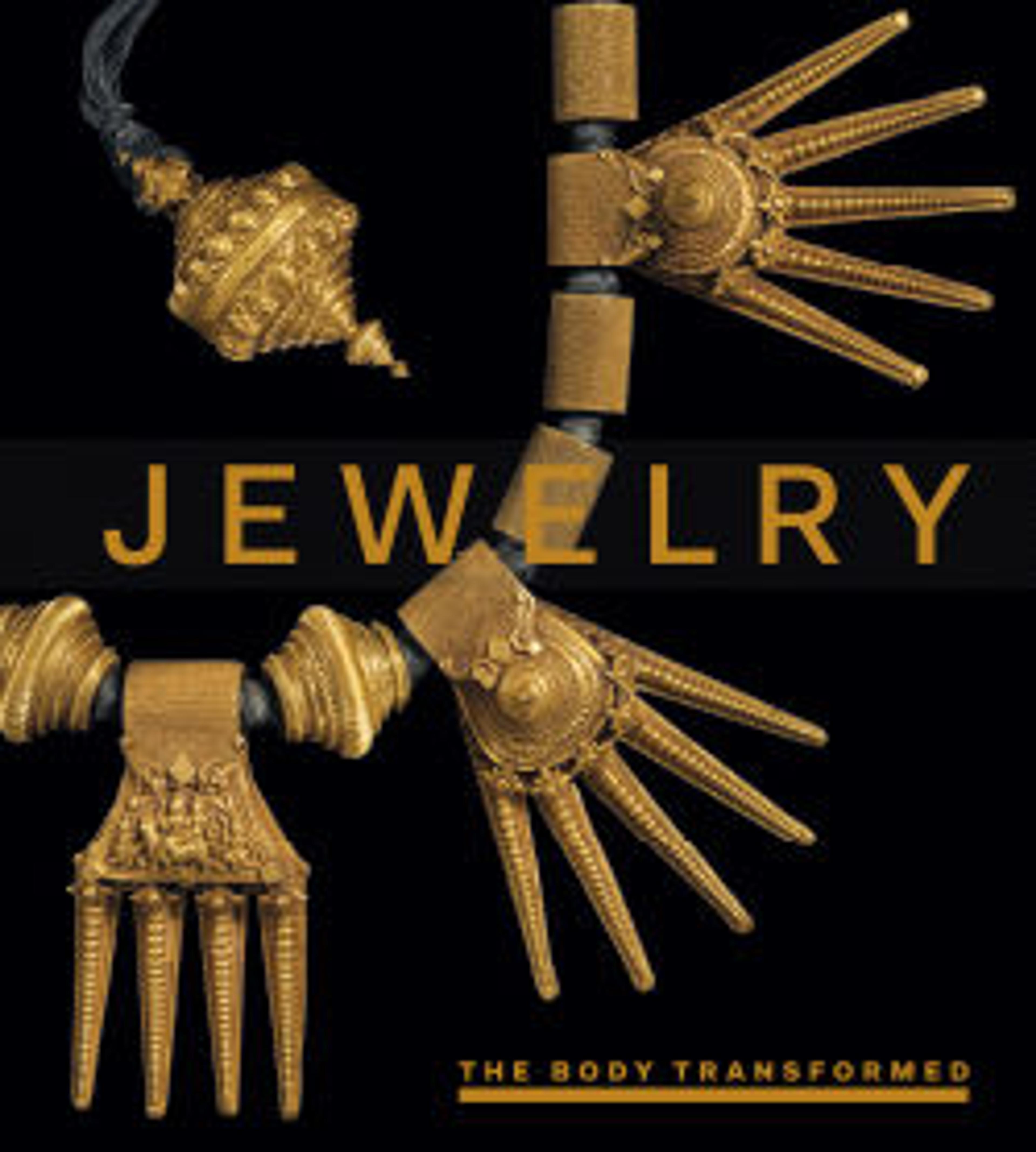Ring
This ring features a fifteen-carat indicolite tourmaline cabochon mounted in an enameled and 14k yellow gold setting of stylized lotus and acanthus leaves. It was made by American Arts & Crafts jeweler Marie Zimmermann, whose work was admired and celebrated during her lifetime and continues to attract attention today. Born in Brooklyn in 1879 to an upper middle-class Swiss family, Zimmermann studied at the Arts Students League and refined her skills at the Pratt Institute. She was deeply inspired by the art of the past, often visiting the Metropolitan Museum where she frequented the Greek, Egyptian, and Far Eastern galleries. In 1901 she was invited to join the National Arts Club on Gramercy Park, whose members included such artistic luminaries as William Merritt Chase, Augustus Saint-Gaudens, and Alfred Stieglitz. There she established her studio, and there she remained for the next twenty-five years. Although trained in painting and sculpting, she was primarily a metalworker, who liked to say she made "everything from tiaras to tombstones." Her work was highly regarded throughout her career, as she diversified from her early work in jewelry into vases, tablewares, candlesticks, architectural elements and stained glass windows. She exhibited widely, and her work was discussed and illustrated in journals such as "The International Studio" and "House & Garden". National recognition brought her commissions from wealthy clients, but she also made objects for her family and friends.
Zimmerman developed a reputation as a designer of unique engagement rings, and indeed this ring was commissioned around 1927by fellow Pratt alumnus Rowena Stewart upon her engagement to Bill Paton.
Zimmerman developed a reputation as a designer of unique engagement rings, and indeed this ring was commissioned around 1927by fellow Pratt alumnus Rowena Stewart upon her engagement to Bill Paton.
Artwork Details
- Title:Ring
- Maker:Marie Zimmermann (American, Brooklyn, New York 1879–1972 Punta Gorda, Florida)
- Date:ca. 1927
- Geography:Made in New York, New York, United States
- Culture:American
- Medium:Gold, enamel, and indicolite tourmaline cabochon
- Dimensions:1 1/16 x 9/16 x 11/16 in. (2.7 x 1.4 x 1.7 cm)
- Credit Line:Gift of Jacqueline Loewe Fowler, 2007
- Object Number:2007.159
- Curatorial Department: The American Wing
More Artwork
Research Resources
The Met provides unparalleled resources for research and welcomes an international community of students and scholars. The Met's Open Access API is where creators and researchers can connect to the The Met collection. Open Access data and public domain images are available for unrestricted commercial and noncommercial use without permission or fee.
To request images under copyright and other restrictions, please use this Image Request form.
Feedback
We continue to research and examine historical and cultural context for objects in The Met collection. If you have comments or questions about this object record, please contact us using the form below. The Museum looks forward to receiving your comments.
